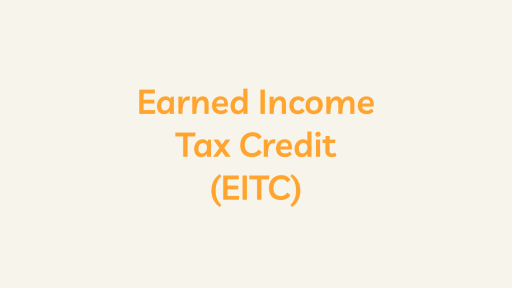What is a Taxable Wage Base?
The taxable wage base is a pivotal concept in the realm of payroll taxes, particularly in the United States. It represents the maximum amount of an employee’s earnings that is subject to a specific tax, and it plays a crucial role in determining the amount of payroll taxes that both employees and employers are obligated to pay. Let’s delve deeper into the intricacies of the taxable wage base, focusing primarily on Social Security and Medicare taxes.
Social Security Taxable Wage Base
- Definition: The Social Security taxable wage base is the highest amount of earnings on which employees and employers must pay Social Security taxes. Beyond this threshold, additional Social Security taxes are not withheld for the remainder of the calendar year.
- Example: As of the last available information in January 2022, the Social Security taxable wage base for 2022 is $142,800. Suppose an employee earns $150,000 during the year. In this case, Social Security taxes only apply to the first $142,800 of their earnings.
Medicare Taxable Wage Base
- Definition: Similar to Social Security, Medicare taxes also have a taxable wage base. However, unlike Social Security, there is no upper limit on earnings subject to Medicare taxes; all covered wages are subject to the Medicare tax rate.
- Additional Medicare Tax: An additional Medicare tax may apply for higher-income earners. As of January 2022, this additional tax is levied on earnings over $200,000 for individuals or $250,000 for married couples filing jointly.
State and Local Variations
- State and Local Taxes: Some states and localities may impose their own taxable wage bases for state and local payroll taxes. These can differ significantly, necessitating awareness of specific rules in the jurisdictions where employers operate.
Unemployment Insurance Taxable Wage Base
- Concept: The idea of a taxable wage base extends to unemployment insurance taxes. Employers pay unemployment insurance taxes based on a certain portion of each employee’s earnings, up to a maximum taxable wage base. Additional unemployment insurance taxes are not applied once an employee’s earnings surpass this threshold.
Conclusion
Understanding the taxable wage base is crucial for accurate payroll tax calculations. Employers should stay informed about any annual adjustments to taxable wage bases, which factors like inflation and legislative changes can influence. Additionally, awareness of variations at the state and local levels is essential to ensure compliance with specific jurisdictional rules. By grasping the nuances of the taxable wage base, employers can navigate payroll tax obligations effectively and avoid potential compliance issues.





